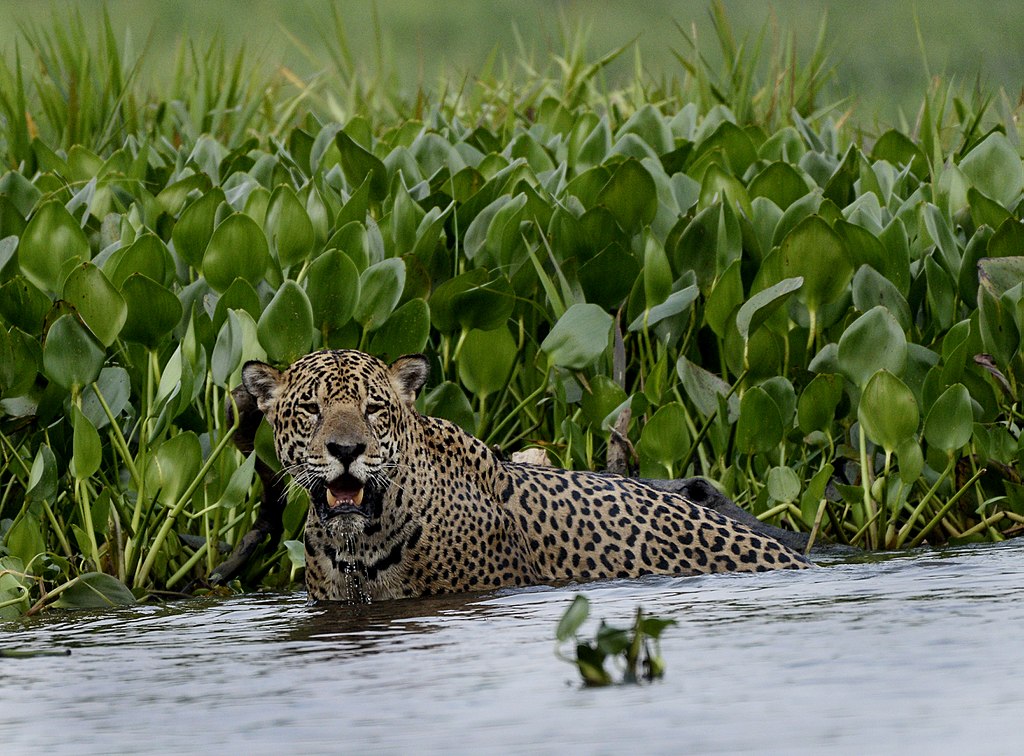Atlantic forest, Brazil
The Atlantic forest in Brazil is cut off from the rest of the forests of Brazil by the Cerrado savannas. Having evolved separately, 40% of the 20,000 plant species are endemic to this forest. There is a wide range of tree species, with a hectare recording 400 different species. There are 260 species of mammal, 70 of which are endemic. There are even 15 species of primate, which includes 3 critically endangered species of marmoset. There are 950 species of bird, 15% of which are found nowhere else. To complete all of this, there are hundreds of species of reptile amphibian and freshwater fish – half of these are only found here.
Unfortunately, this forest has been devastated by deforestation so that only 10% of its area remains – even worse than the bigger Amazon rainforest. Both Rio de Janeiro and San Paulo are nearby, and urban sprawl is slowly eating away at the edge of the forest.
Of hope for its future, the Brazilian environmentalist movement (a lobby making an outsize amount of noise) has started to fight to protect what is left.
There is 9190 square miles (23800 square km) is strictly protected, though in 224 separate areas. 1814 square miles are an UNESCO heritage site.
This video shows the wildlife that has been photographed by remote cameras throughout a corridor running through this great forest.












